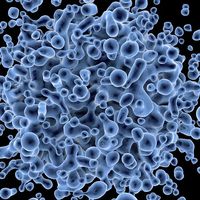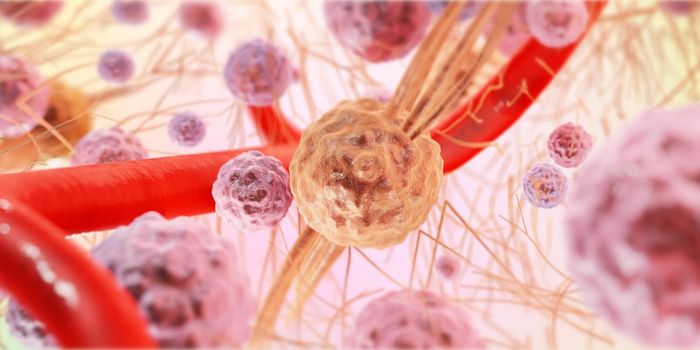Novel Pathway Identified in Alzheimer's Disease
Alzheimer’s disease is a progressive brain disorder that results in loss of cognitive function. Patients with Alzheimer’s disease lose their memory, are confused, struggle with speaking, can become moody, and have trouble completing daily activities. Unfortunately, physicians and scientists are unsure the exact cause of the disease, but it is thought to be due to a combination of factors including, family history, genetics, age, and the environment. Diagnosis of Alzheimer’s disease begins with a clinical assessment. Physicians evaluate medical history and conduct a physical exam. They also assess cognitive functions and behavior. These evaluations are then considered with blood tests, brain imaging, and spinal fluid analysis.
Alzheimer’s disease is prevalent throughout America with 6.7 million individuals currently diagnosed. Additionally, there are about 500,000 new cases a year as risk increases with age. Researchers have previously discovered that women, African Americans, and Hispanics are more likely to develop the disease. While Alzheimer’s disease can become extremely debilitating for the patient, it also puts pressure and stress on healthcare providers and loved ones. There is currently no curative treatment, but many therapies have been employed to mitigate symptoms and prolong neurodegeneration. Other treatments include nutritional counseling and physical therapy. The goal is to improve quality of life for those diagnosed and their families. Scientists are still working on developing potent therapeutics for patients with Alzheimer’s disease.
A recent paper in Nature, by Dr. Anne Schaefer and others, has uncovered a pathway within brain cells that regulates Alzheimer’s disease. This identified pathway not only aids in the protection of brain cells or microglia but can also be used as a therapeutic target in the clinic. Schafer is a Professor at the Max Planck Institute for Biology of Ageing. Her work investigates the cellular pathways that are critical to the longevity of neurons. Specifically, she wants to understand more deeply how we age and how our immune systems respond to age.
Schafer and her team used a multitude of techniques to show that downregulation of PU.1 a protein necessary for immune cell development, is critical for the protection of microglia. It also regulates immune cell response and can suppresses inflammation. Interestingly, inhibiting SPI1, the PU.1 gene, weakens the protective function of microglia. Consequently, cognitive function was impaired. In addition, the production of CD28, a protein in microglia, was also found to be implicated in the beneficial function of microglia. Once CD28 was downregulated, microglia lost their protective activity.
Researchers also realized that PU.1 and CD28, are well-known immune cell molecules. Interestingly, T regulatory cells (Tregs), special immune cells known to influence inflammation, affect microglia activity when PU.1 and CD28 are downregulated. This work builds on previous discoveries made by Alison Goate. They showed that SPI1 expression is associated with reduced Alzheimer’s risk. Scientists now speculate that the PU.1-CD28 molecular pathway can be targeted to improve therapeutic output and enhance current standard-of-care treatment.
Overall, Schafer and her team demonstrated that microglia can be a small targetable subset to improve Alzheimer’s disease. This is the first time that CD28 is implicated in this process and can have therapeutic benefits. Researchers now have an identifiable pathway to develop strong treatments and not only improve therapy, but also the prolong patient survival.








